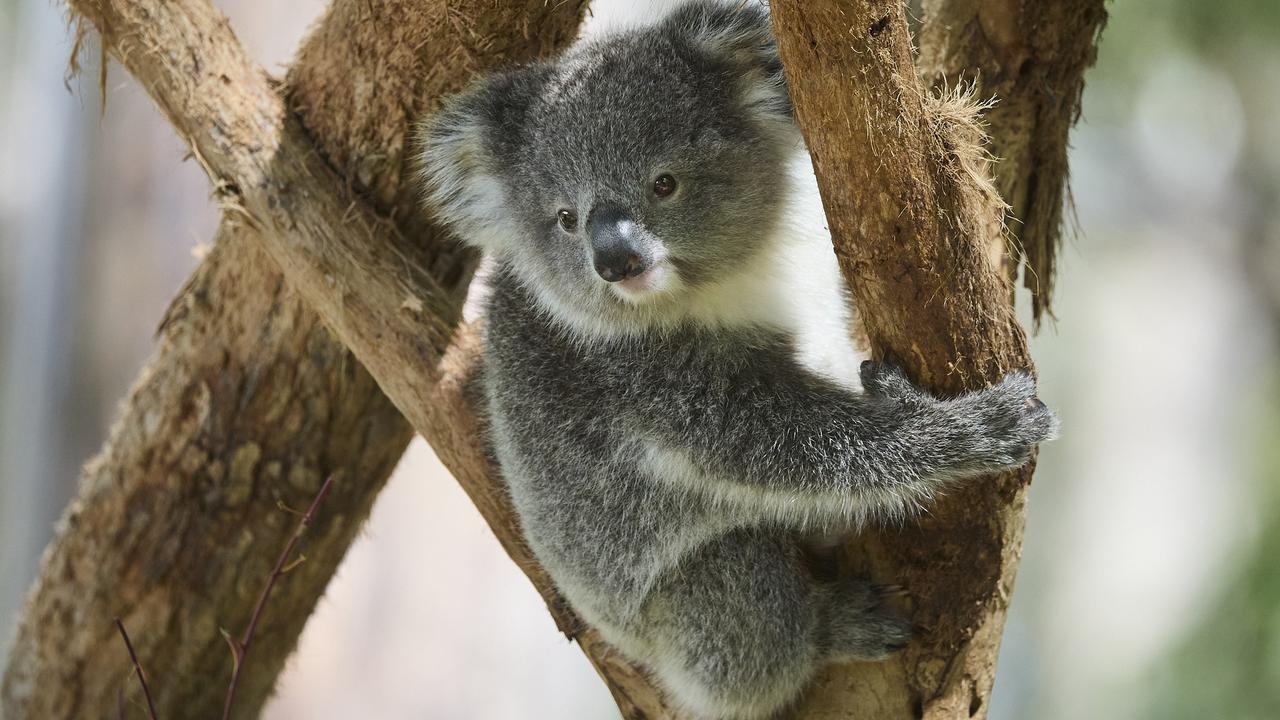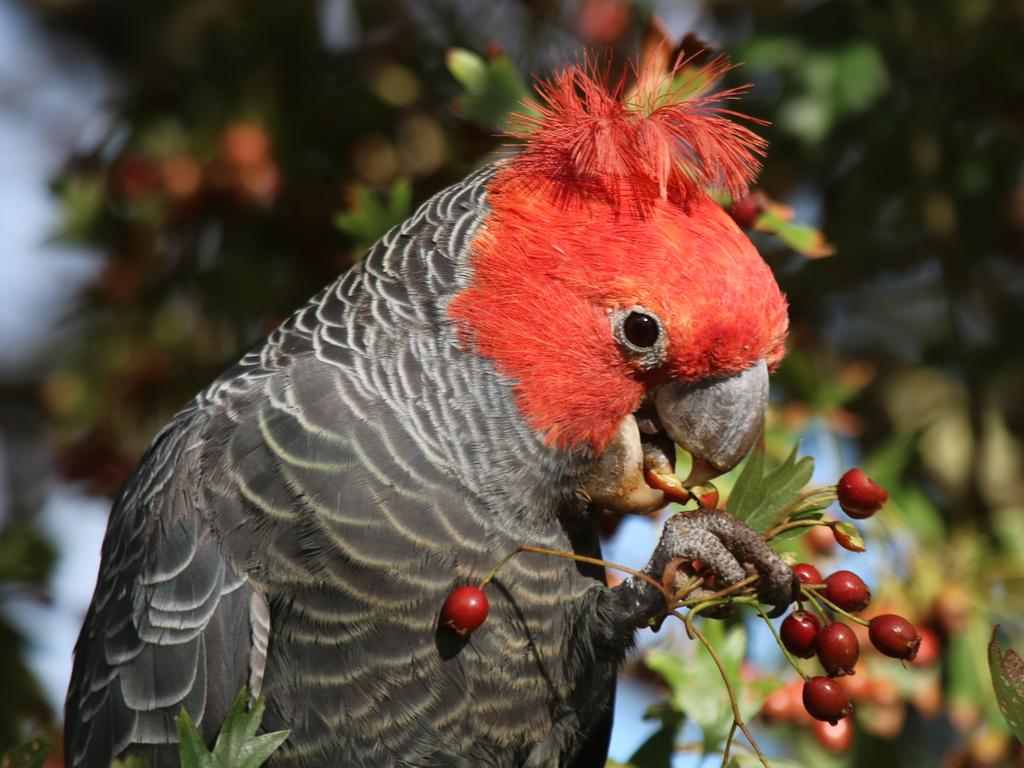Record number of plants and animals join threatened species list
Australian wildlife did it tough in 2023, with the number of new species joining the threatened species list more than double any previous year

READING LEVEL: ORANGE
A record number of plants and animals were added to the national threatened species* list in 2023, with the tally of new additions more than double any previous year.
It is not the first time the total figure has jumped. In 2001 there were more than 60 new additions to the register and in 2009 there were more than 70 – but in 2023, a further 144 species were added.

Of the new additions to the threatened species list, 51 were plants and 90 were animals. A further three were ecological* communities.
The analysis* was made by the Australian Conservation* Foundation (ACF), which said environment protection laws were failing to protect Australia’s most vulnerable* species.
“Functionally, (the laws) don’t really work,” said ACF campaigner Peta Bulling. “The laws have been in place for over 20 years, they are incredibly outdated, they’re ineffective, they’re not monitored and they’re very rarely enforced.”

Previously well-known Australian species have become threatened or endangered* in just the past decade. In 2018 the numbat and one of Australia’s three species of wombat were added to the list, while the listing of the koala in 2022 (in Queensland, NSW and the ACT) made international headlines. That year also saw the listing of the gang-gang cockatoo, the animal emblem* of the ACT.

Animal species that were added to the threatened list in 2023 included several varieties of geckos, skinks and crayfish, the broad-headed snake, the Jardine River turtle and the Daintree rainbowfish.
Ms Bulling said the primary reason for species being pushed to the brink was land clearing.
“In the last 12 months, 10,426 hectares of habitat* destruction was approved under Australia’s national nature laws – the equivalent to clearing the size of the MCG* 5000 times over,” she said.
“This figure is undoubtedly just a fraction of the total habitat actually cleared, as land clearing in Australia often happens without being assessed under national nature laws.”

Ms Bulling said the huge growth in the number of threatened species last year was partly a reflection of an administrative “backlog*”, with many plants and animals proposed for classification in previous years finally being listed.
The expanded threatened species list comes as the government prepares to finalise consultations over its planned changes to the Environment Protection and Biodiversity* Conservation Act.

The new laws – expected to come before parliament this year – have already raised concerns in the agriculture sector.
The National Farmers’ Federation has called for $80 million in this year’s Federal Budget for a government outreach facility to enable face-to-face interaction with farmers on implementing the Act.
POLL
GLOSSARY
- threatened species: any species likely to become endangered in the foreseeable future
- ecological: relating to the science of ecology and the environment
- analysis: the act of studying or examining something in detail
- conservation: careful preservation and protection of something
- vulnerable: weak and unprotected, able to be easily hurt, in need of care and protection
- endangered: a species considered to be at very high risk of extinction in the wild
- emblem: symbol, figure or image chosen to represent something
- habitat: place or environment where a plant or animal naturally lives and grows
- MCG: Melbourne Cricket Ground
- backlog: large number of things waiting to be done, a build-up of unfinished work
- biodiversity: can refer to every living thing in a single place or in total on Earth, including plants, bacteria, animals and humans
EXTRA READING
Census to count every koala in bid to save species
Spotlight on backyard threatened species
New plan to save Aussie animals
QUICK QUIZ
- How many new species were added to the register in 2023?
- How many of these were animals?
- How many were plants?
- In which states and territories is the koala listed as threatened?
- What are six animal species included in the 2023 additions?
LISTEN TO THIS STORY
CLASSROOM ACTIVITIES
1. Land clearing
The biggest reason for these plant and animal species being listed on the 2023 threatened species list is due to land clearing.
Different parties have an interest in this debate, including but not limited to, conservationists protecting plants and animal habitats, agricultural companies and farmers, building companies, land developers and government departments working to meet the needs of the Australian people.
Write down some possible arguments, both for and against land clearing, from each of the affected parties.

Time: allow 30 minutes to complete this activity
Curriculum Links: English, Science, Personal and Social, Critical and Creative Thinking
2. Extension
With the revamp of the Environment Protection and Biodiversity Conservation Act taking place this year, what items would you like them to consider?
Write a list below of things you think should be taken into account when writing the new laws:
–
–
–
–
Time: allow 15 minutes to complete this activity
Curriculum Links: English, Science, Personal and Social, Critical and Creative Thinking
VCOP ACTIVITY
1. Summarise the article
A summary is a brief statement of the main points of something. It does not usually include extra detail or elaborate on the main points.
Use the 5W & H model to help you find the key points of this article. Read the article carefully to locate who and what this article is about, and where, when, why and how this is happening. Once you have located this information in the article, use it to write a paragraph that summarises the article.
Time: allow 25 minutes to complete this activity.
Curriculum Links: English, Science

